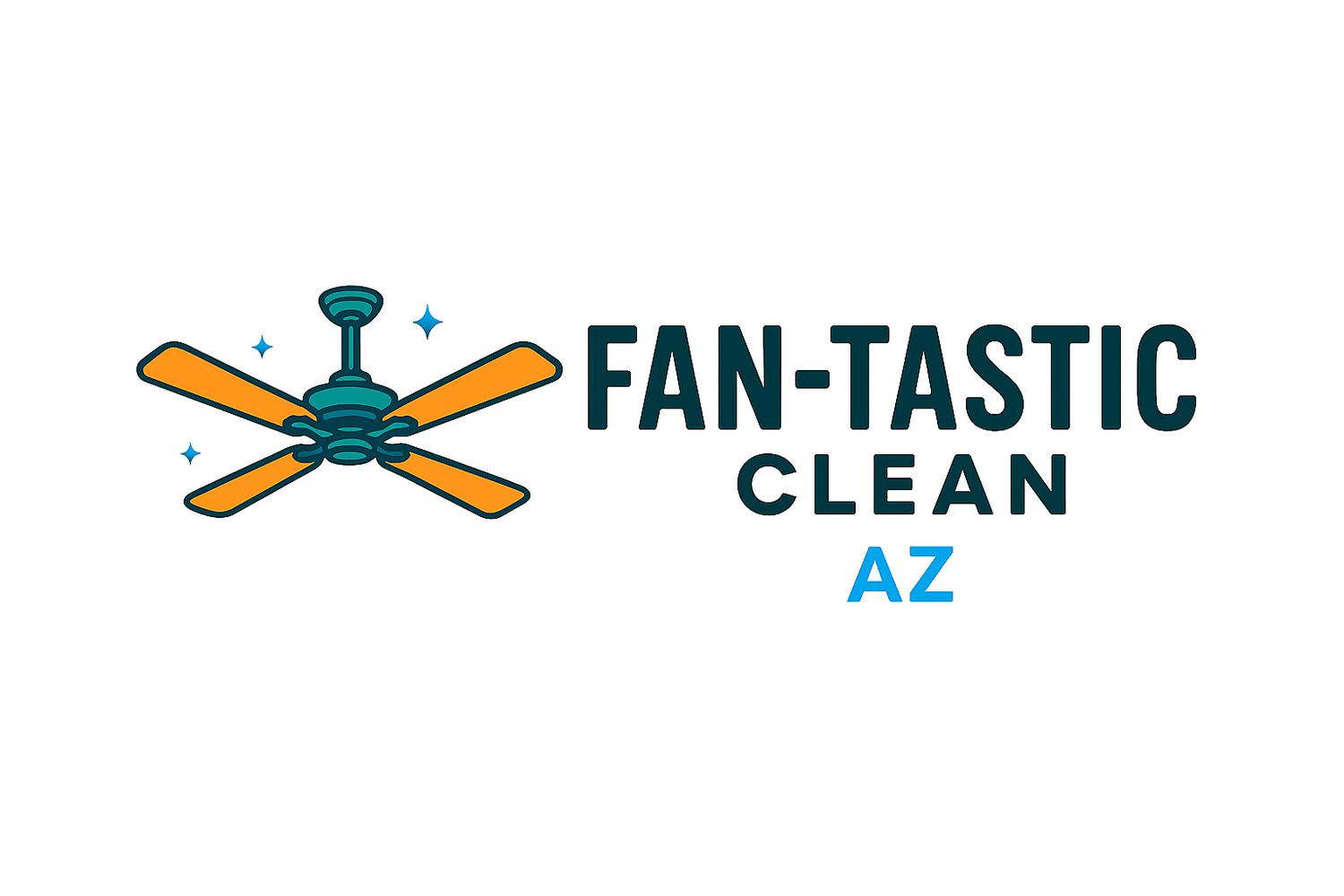Reduced Respiratory & Asthma Symptoms
Dirty ceiling fans can worsen asthma and allergy symptoms by circulating dust, pollen, pet dander, and other allergens throughout the room. Regular cleaning can help reduce these airborne particles and improve indoor air quality.
Here's why and how to maintain clean ceiling fans for better respiratory health:
Why dirty fans are a problem
Dust accumulation: Dust, dust mites, pollen, pet dander, mold spores, and even smoke residue can collect on fan blades and motor housing.
Particle circulation: When the fan is in operation, it circulates these accumulated pollutants, making them airborne and easier to inhale.
Exacerbated symptoms: This can trigger or worsen allergies and asthma symptoms like sneezing, coughing, runny nose, itchy eyes, and difficulty breathing, according to respiratory-therapy.com.
How to clean your ceiling fan
Safety First:
Turn off the fan and wait for the blades to stop completely.
Use a sturdy ladder or step stool to reach the fan safely.
Consider removing or covering furniture beneath the fan to protect it from falling dust.
Cleaning the blades:
Use a pillowcase: Slide an old pillowcase over each blade and gently pull it back, trapping the dust inside.
Or use an extendable duster or damp microfiber cloth: Wipe the top and bottom of each blade, moving from the center outwards.
Avoid using too much force as this can damage or unbalance the blades.
Consider using a mild cleaning solution (like water and a drop of dish soap) for tougher grime, applying it to the cloth first, never directly to the fan blades.
Cleaning the motor and housing:
Gently wipe down the motor and housing with a dry microfiber cloth.
If needed, lightly dampen the cloth with cleaning solution, being careful to avoid letting any liquid enter the motor housing.
Cleaning light fixtures (if applicable):
Turn off the power at the circuit breaker.
Remove glass shades or globes.
Wash glass components in warm, soapy water, rinse thoroughly, and dry completely before reattaching.
Wipe fixed light fixtures with a damp cloth, again, being cautious with electrical components.
Frequency of cleaning
Regular Dusting: Dust your ceiling fans weekly or whenever you notice a visible layer of dust.
Deep Cleaning: Aim for a more thorough cleaning every 1 to 3 months, depending on the level of dust and allergens in your home and how frequently the fan is used.
Additional tips
Preventive Measures: Use a dust-repelling spray after cleaning to help reduce future dust buildup.
Ventilation: Ensure adequate ventilation in your home to help remove airborne pollutants.
Air Purifiers: Consider using an air purifier with a HEPA filter, especially in bedrooms, to further reduce airborne allergens. Air purifiers can help improve indoor air quality by removing dust, allergens, and other particles from the air, according to Verywell Health.
By making ceiling fan cleaning a regular part of your home maintenance routine, you can create a healthier living environment and potentially alleviate respiratory and asthma symptoms caused by circulating dust and allergens.
Will Ceiling Fans Increase Air Pollutants? - Flite Mechanical
Dec 4, 2023 — Let's explore how ceiling fans function and their potential impact on air quality. * Ceiling Fans and Air Movement: Ceiling fans operate by circulating air in a...
Flite Mechanical
The Impact of Ceiling Fan Cleaning on Indoor Air Quality
Feb 26, 2025 — The Impact of Ceiling Fan Cleaning on Indoor Air Quality. ... Ceiling fans do more than keep your home cool—they also play a significant role in your indoor air...
Pink Shoe Cleaning Crew
Do Ceiling Fans Pollute Indoor Air? - Tri-Point Refrigeration
Apr 28, 2023 — Ceiling Fans 101 * Before we dive into the topic of air pollutants, it's important to understand how ceiling fans work. Ceiling fans are designed to circulate a...
www.tripointrefrigeration.com
Show all
This is for informational purposes only. For medical advice or diagnosis, consult a professional. AI responses may include mistakes. Learn more

